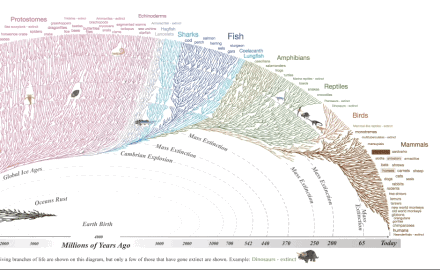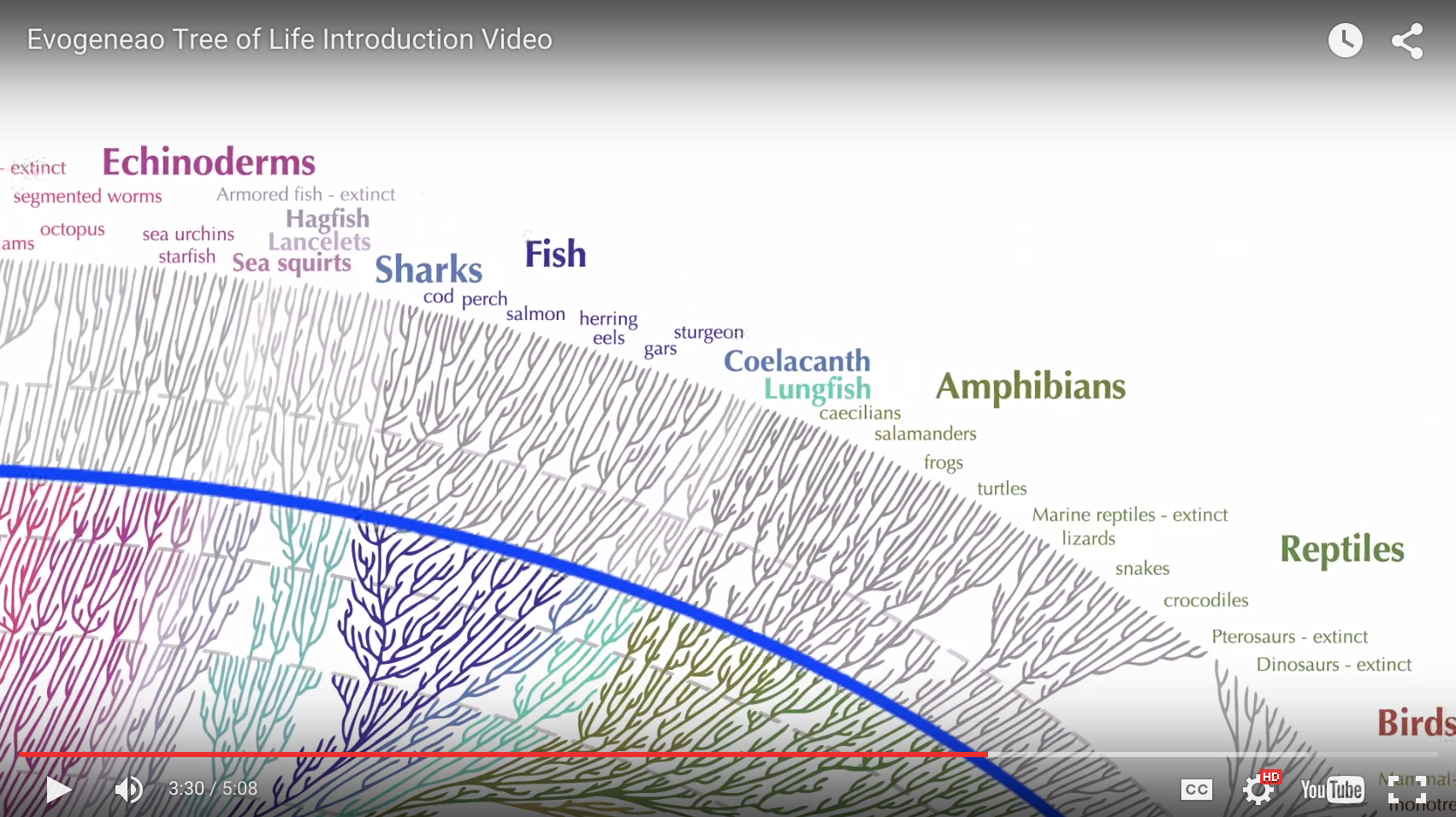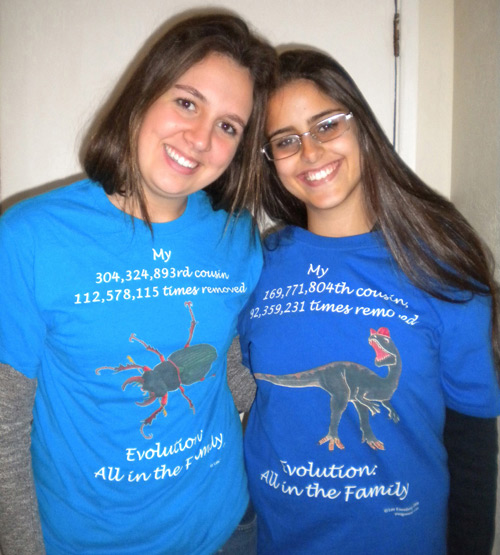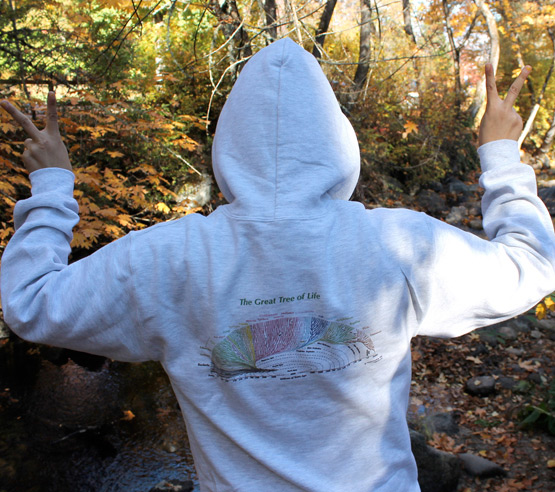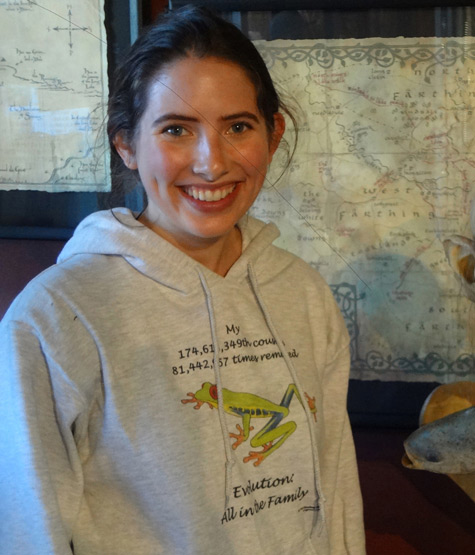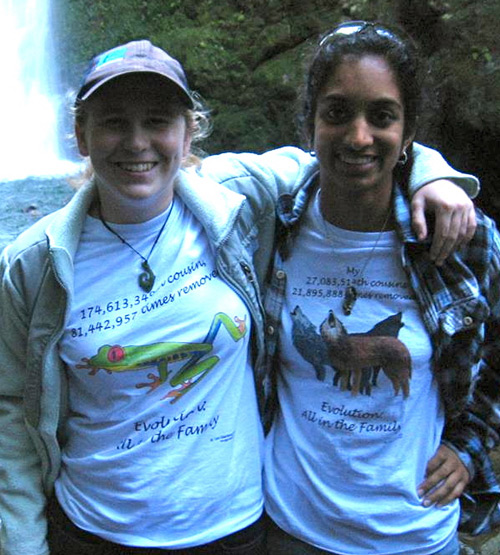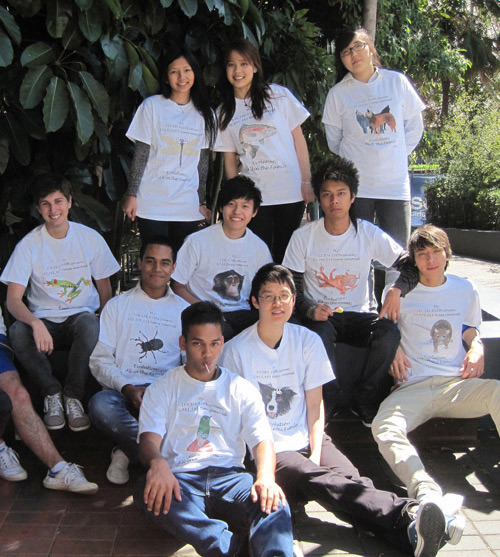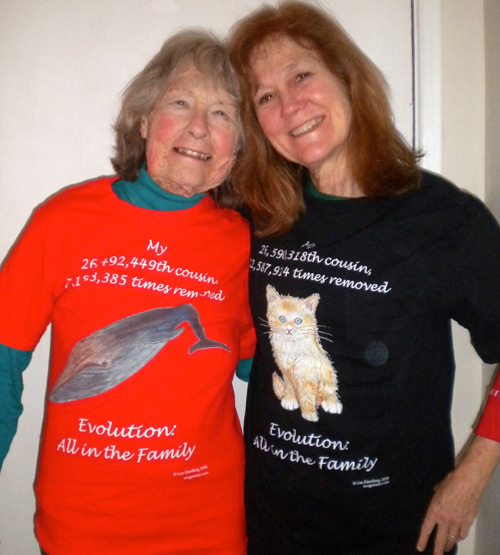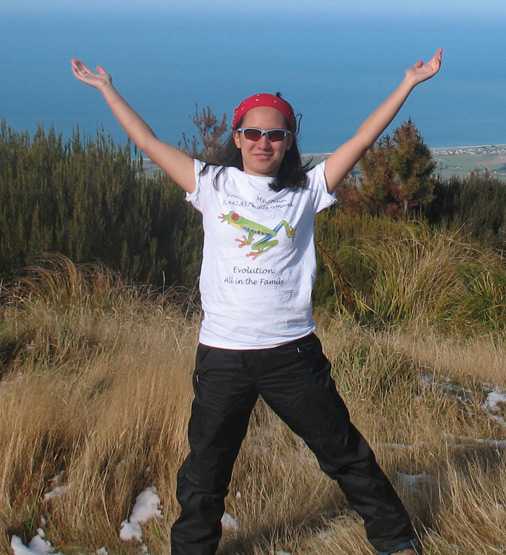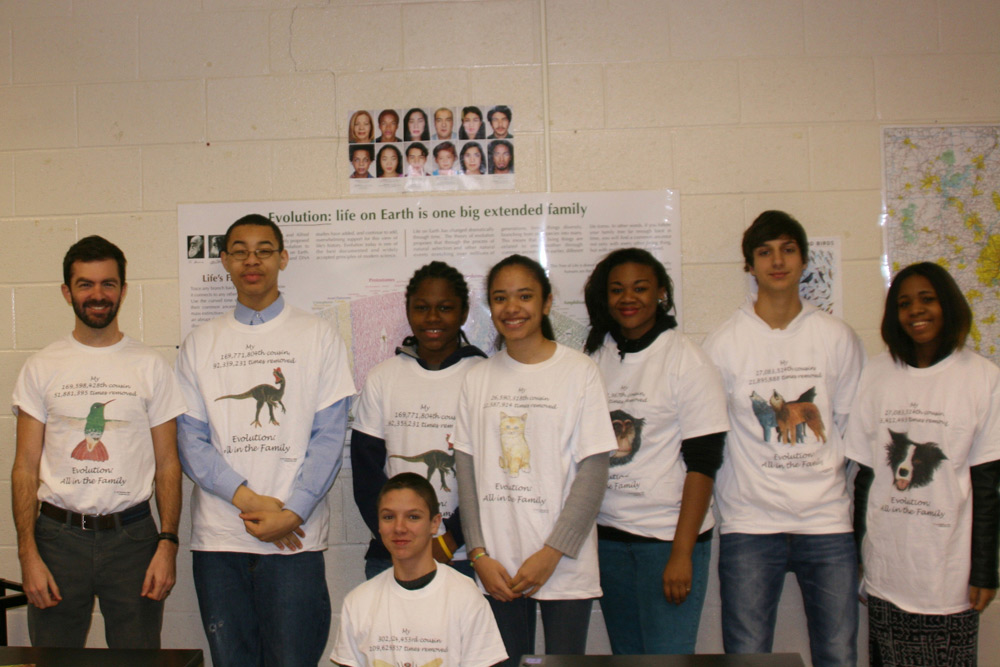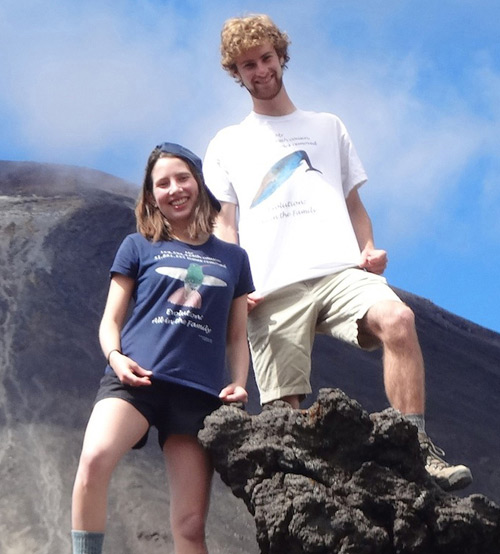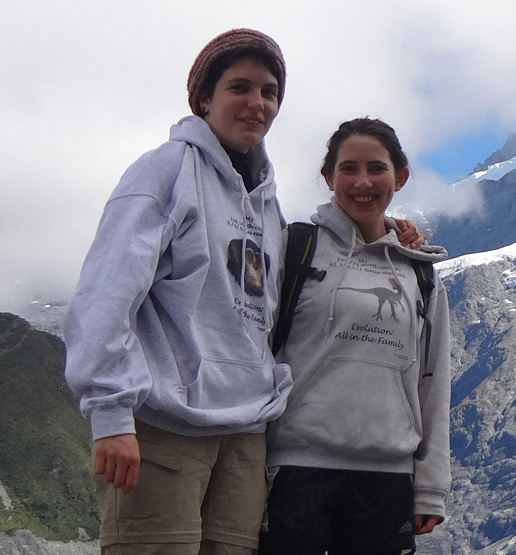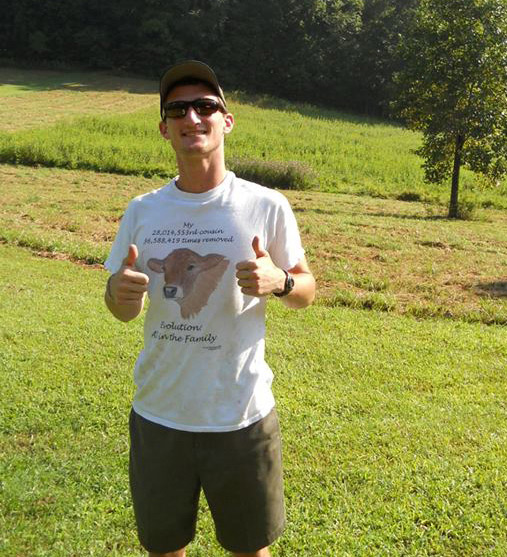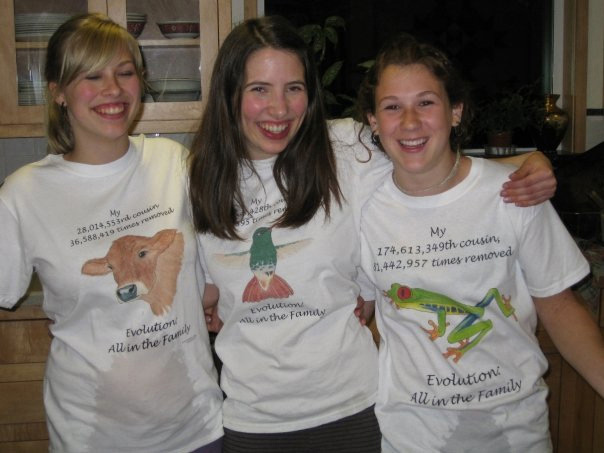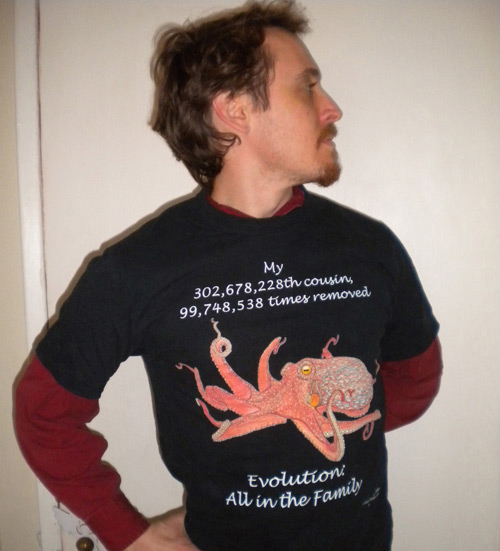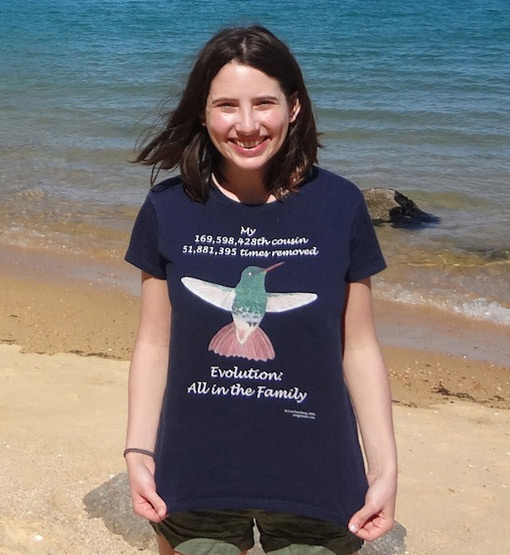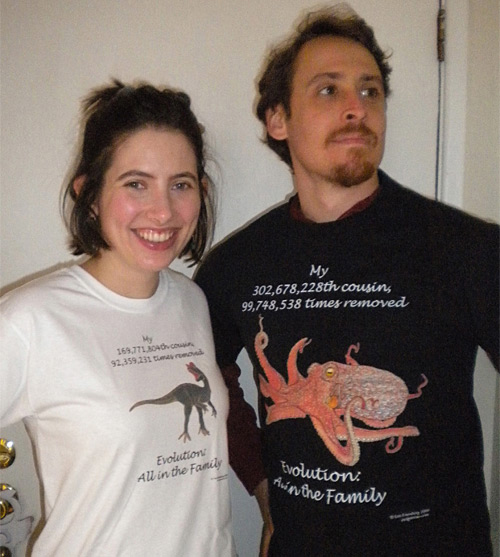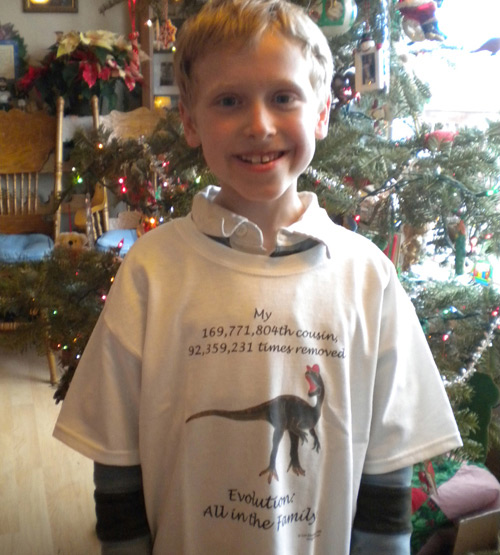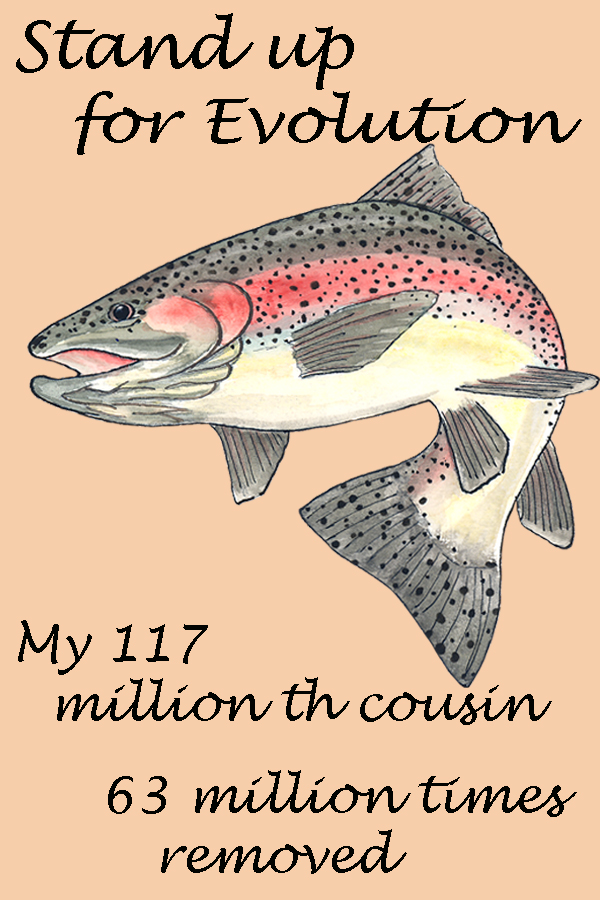Recommended Books about Evolution
Why Evolution is True

This 2009 book by University of Chicago's Jerry Coyne is published by Penguin Group, New York. Dr. Coyne has been professor in the Department of Ecology and Evolution at University of Chicago for more than twenty years. I had the pleasure of meeting him at a convention (he signed my book!) and he is a thoroughly delightful fellow.
There are many, many books about evolution, for the specialist and the layperson. I've read or skimmed many, and of them all, I think Coyne's treatment of evolution, and the evidence for it, is the best of the lot. If you own just one book on evolution, especially if you are wanting a reference for evidence, this is the book to own. Very highly recommended. It is concise, well written and illustrated, and a pleasure to read.
The Ancestor's Tale: A Pilgrimage to the Dawn of Evolution

This 2004 book (revised and expanded in 2016) is published by Houghton Mifflin. Dr. Richard Dawkins' many books, including The Selfish Gene and Unweaving the Rainbow, have helped millions see the truth and beauty of evolutionary theory. But for my money, I think The Ancestor's Tale is the best of them all.
At 673 pages, it is not a book for the faint of heart. The tale is imagined after The Canterbury Tales, applied to a journey back through time, meeting common ancestors of evolutionary cousins, and relating informative and thoughtful anecdotes about our evolutionary family. This is one of those rare books (The Trial of Socrates is another) that make the heart race and spirit soar at the sheer pleasure of learning.
The Evogeneao cousin and removal estimates are inspired by what Dawkins did in this book. In The Ancestor's Tale, Dawkins counts up the number of generations to a common ancestor along the human line of descent. Evogeneao counts up the generations along BOTH lines of descent, human and non-human, to a common ancestor. This provides the cousin and removal estimate.
I had the great pleasure of meeting Dr. Dawkins at a convention, and sincerely thanked him for inspiring Evogeneao through his book The Ancestor's Tale. We chatted briefly about generation counting methodology and calculating cousin and removal, which met with his approval. The least I could do was to give him a tee shirt (a hummingbird. medium).
The Book of Life: An Illustrated History of the Evolution of Life on Earth

Published in 2001 by W.W. Norton of New York, this book by Stephen J. Gould is now a bit out of date in places, but still a fantastic introduction to the history of life on Earth. The book includes excellent introductions to geologic time, the fossilization process, age dating of rocks, plate tectonics and mass extinctions, as well as a thoughtful introduction about how our views have changed on these subjects.
As the title of the book implies, it is filled with excellent illlustations of creatures from the past, and fascinating text about major developments in life history. But what really sets it apart are the numerous phylogenies scattered throughout the book. These are not only colorful, clear and concise, they are all tied to a geologic time scale. These are the most valuable parts of the book. In my view, all phylogenies should be tied to a geologic time scale, (as best as can be done given limited data control), in order to make them meaningful in Earth history, not just an ordering exercise.
Stephen J. Gould was a paleontology and evolutionary biology professor at Harvard University and a prolific, influential and widely-read science writer. His main subject of research was the evolution of land snails. Gould wrote on a wide array of subjects, and many in the public came to know science through his books and articles.
The Grand Canyon: Monument to an Ancient Earth. Can Noah's Flood Explain the Grand Canyon?

This 2016 book was published by Kregel Publications, Grand Rapids, Michigan, and was created by Grand Canyon geology experts, as well as conservative religious scholars, who all felt the need to conclusively show 1) the evidence for an ancient earth, 2) that acceptance of the scientific view of earth history is compatible with religious belief, and 3) the fallacy of young-earth creationist models of earth history. It is wonderfully illustrated with photos from the Grand Canyon, and by excellent explanatory graphics. It does not address the scientific view of evolution directly, but provides much of the evidence that supports it, by examining the fossil record, radio isotopic dating and geologic time, and basic geologic processes.
I've had the great pleasure of rafting the Grand Canyon many times, (on a few occasions in the company of young-earth creationists), and there is no better place to vividly demonstrate the ancient age of the earth. This book does the Grand Canyon justice in that regard.



